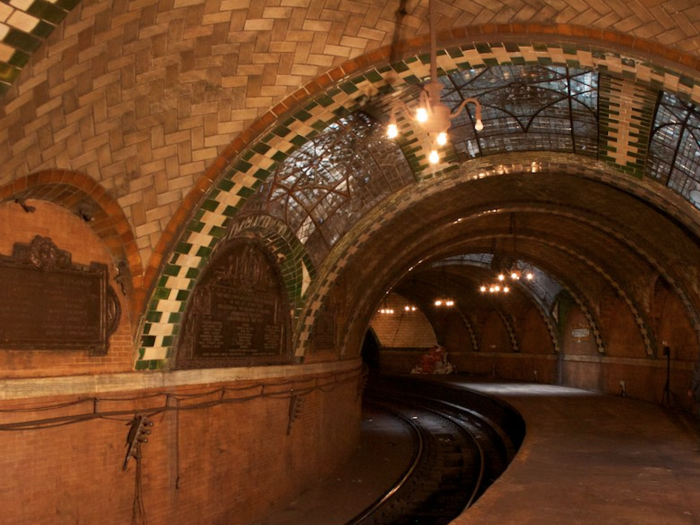
Source: The State of New York Metropolitan Transportation Authority


Source: The State of New York Metropolitan Transportation Authority

Source: The State of New York Metropolitan Transportation Authority

Source: The State of New York Metropolitan Transportation Authority

Source: The State of New York Metropolitan Transportation Authority

Source: The State of New York Metropolitan Transportation Authority

Source: The State of New York Metropolitan Transportation Authority

PHOTO OF EQUIPMENT FROM RELAY ROOM
Source: The State of New York Metropolitan Transportation Authority

Source: The State of New York Metropolitan Transportation Authority

MORE PHOTOS OF EQUIPMENT IN RELAY ROOM
Source: The State of New York Metropolitan Transportation Authority

Source: The State of New York Metropolitan Transportation Authority

Source: The State of New York Metropolitan Transportation Authority

Source: The State of New York Metropolitan Transportation Authority

PHOTO OF MACHINE SHOP
Source: The State of New York Metropolitan Transportation Authority, Business Insider

Source: The State of New York Metropolitan Transportation Authority, Business Insider

Source: The State of New York Metropolitan Transportation Authority, Business Insider

Source: The State of New York Metropolitan Transportation Authority, Business Insider

Installing the system on the L train took over six years, with multiple delays and cost overruns reaching $288 million. The so-called "robot trains" require far fewer operators, too, which drew ire from the Local 100 of the Transport Workers Union of America.
Source: The State of New York Metropolitan Transportation Authority

Source: The State of New York Metropolitan Transportation Authority

Source: The State of New York Metropolitan Transportation Authority

Source: The State of New York Metropolitan Transportation Authority

Source: The State of New York Metropolitan Transportation Authority, The New York Times
 US buys 81 Soviet-era combat aircraft from Russia's ally costing on average less than $20,000 each, report says
US buys 81 Soviet-era combat aircraft from Russia's ally costing on average less than $20,000 each, report says 2 states where home prices are falling because there are too many houses and not enough buyers
2 states where home prices are falling because there are too many houses and not enough buyers A couple accidentally shipped their cat in an Amazon return package. It arrived safely 6 days later, hundreds of miles away.
A couple accidentally shipped their cat in an Amazon return package. It arrived safely 6 days later, hundreds of miles away. Markets rebound in early trade amid global rally, buying in ICICI Bank and Reliance
Markets rebound in early trade amid global rally, buying in ICICI Bank and Reliance
 Women in Leadership
Women in Leadership
 Rupee declines 5 paise to 83.43 against US dollar in early trade
Rupee declines 5 paise to 83.43 against US dollar in early trade

Copyright © 2024. Times Internet Limited. All rights reserved.For reprint rights. Times Syndication Service.